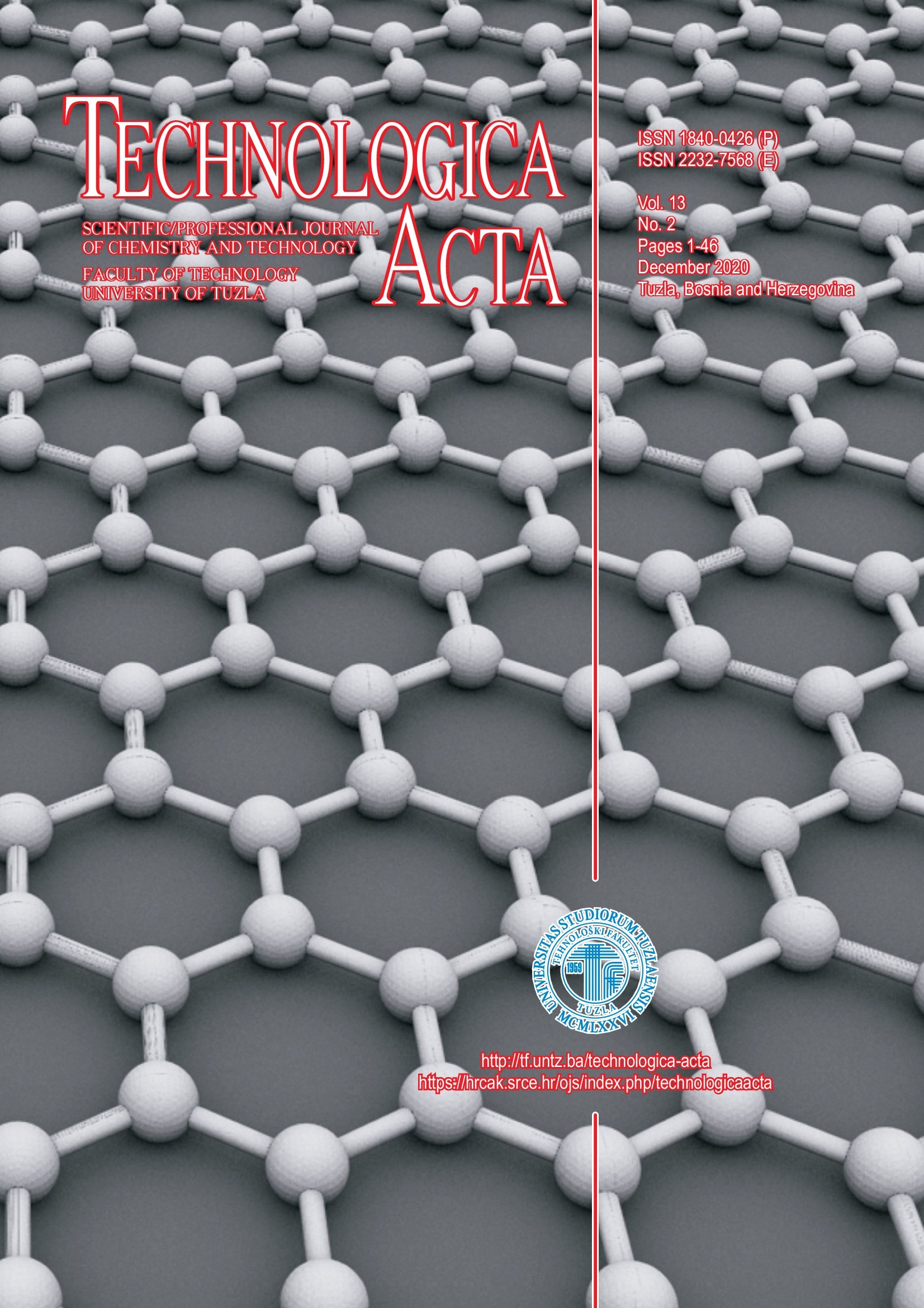Change in the quantity of ascorbic acid after thermal processing of potato
Keywords:
Potato, Vitamin C, Thermal processingAbstract
Potato isn’t eaten raw, it has to be thermally processed which influences the presence of the vitamin C considering its sensitivity, fast degradability, and a great loss of vitamin C is expected. Many different ways of thermal processing are used such as boiling, frying, baking and similar. The vitamin C loss depends on the different processing ways and potato preparation. This paper aims to show how much quantity of ascorbic acid that is kept in the potato after boiling it in its skin, without the skin and when cut into pieces, as well as after frying and baking in an oven and baking in a foil. The goal of thermal processing is to keep as many nutritional ingredients as possible, and this paper will show which way of processing and preparation is the most convenient for eating.


